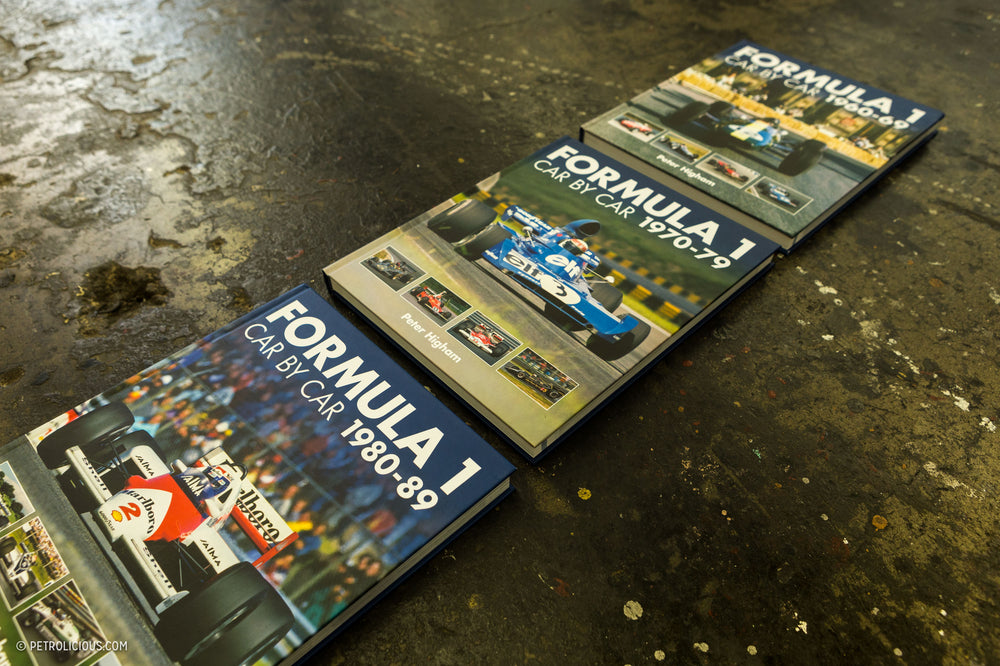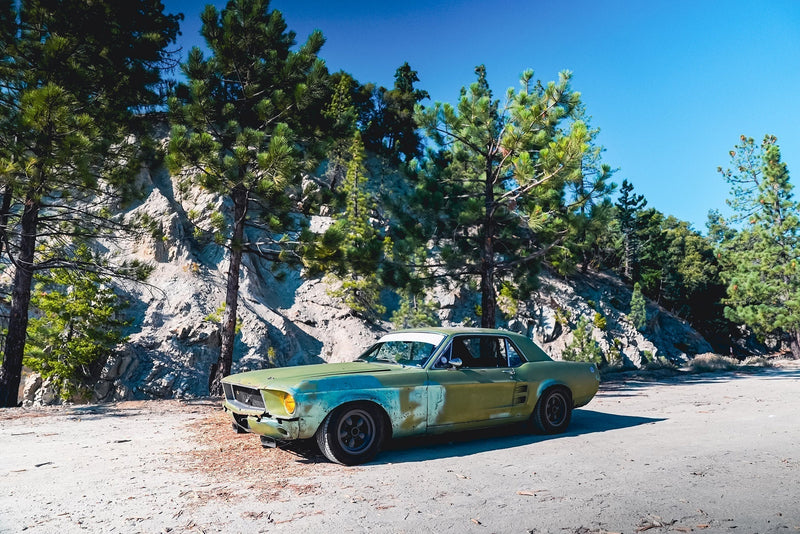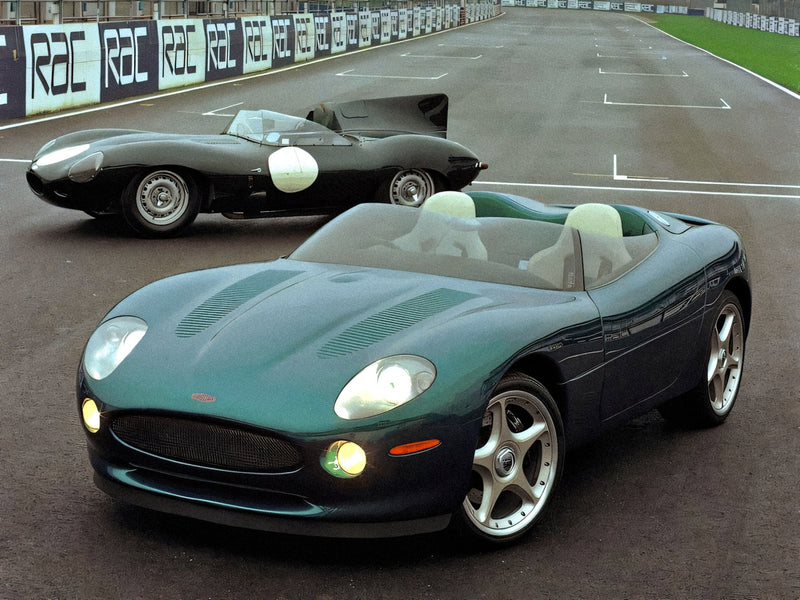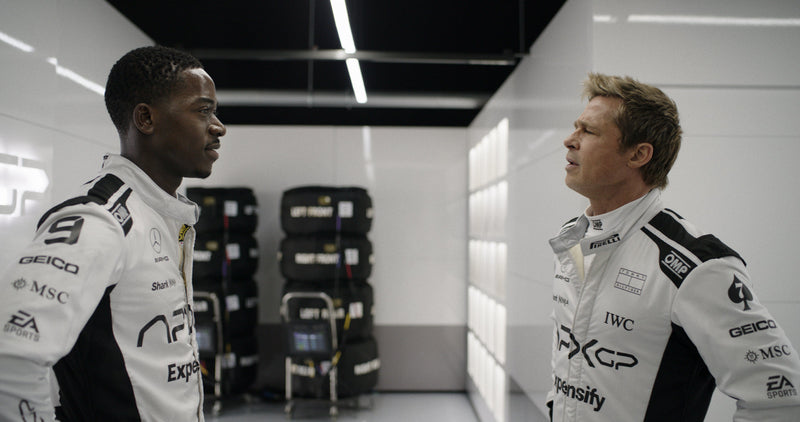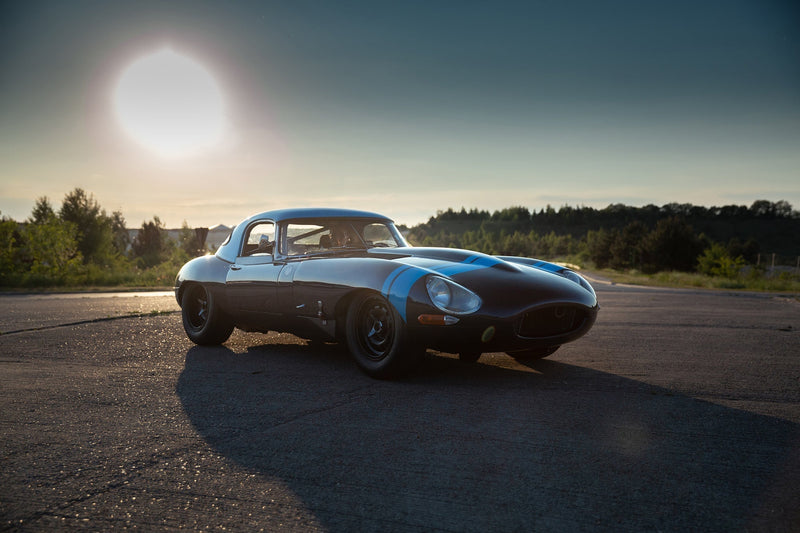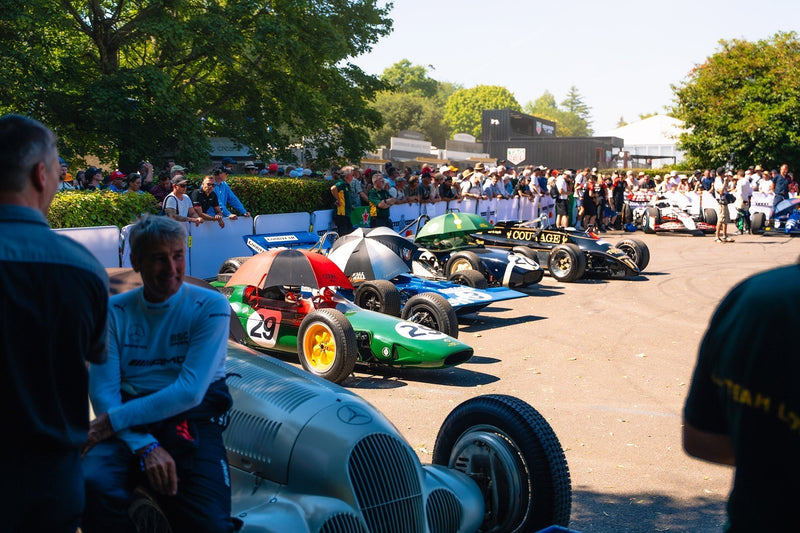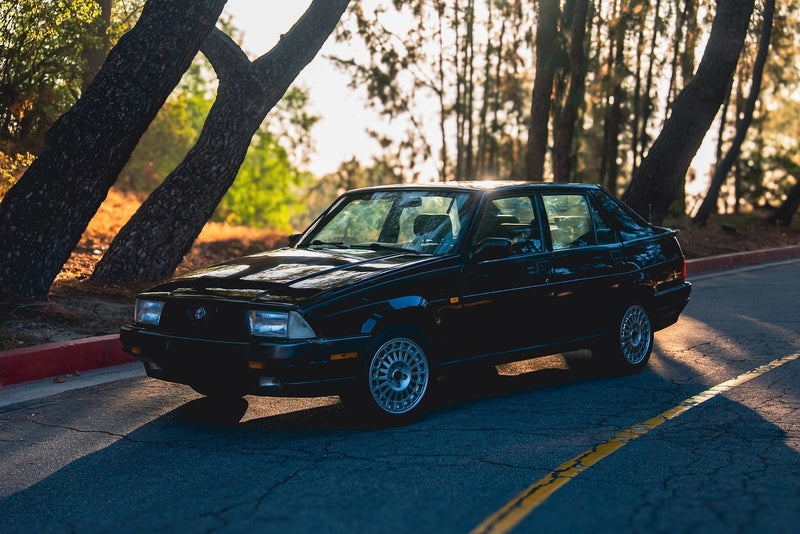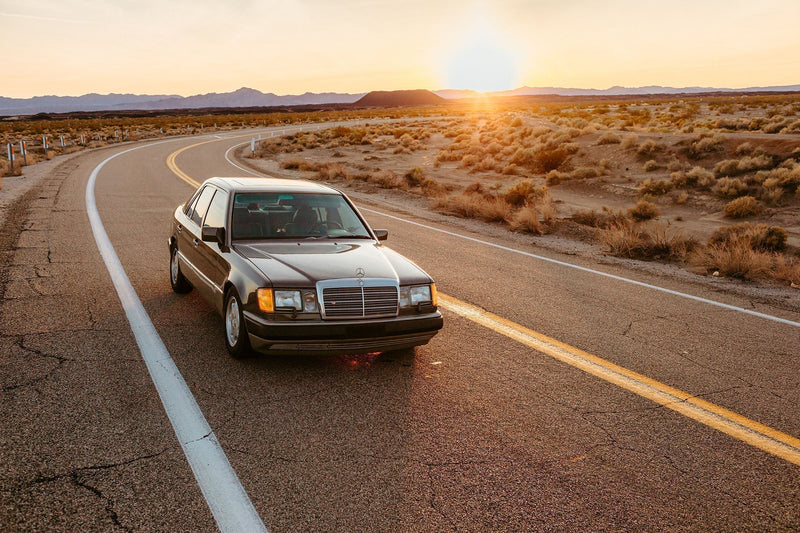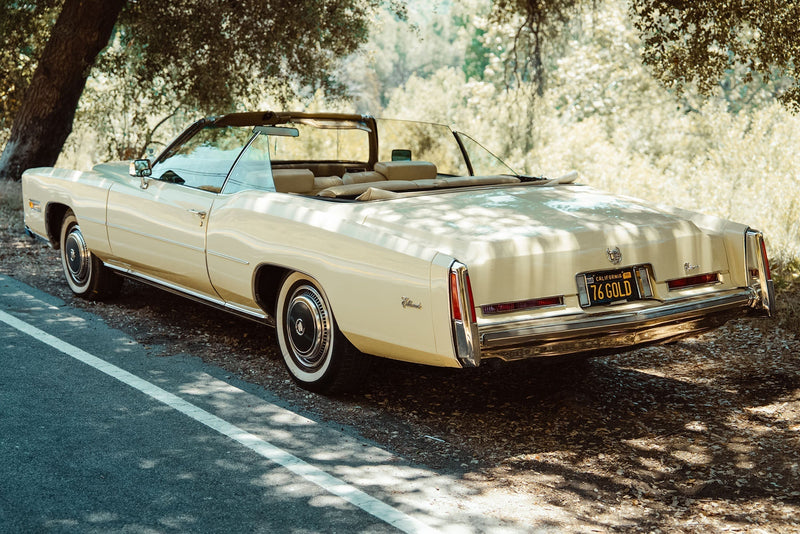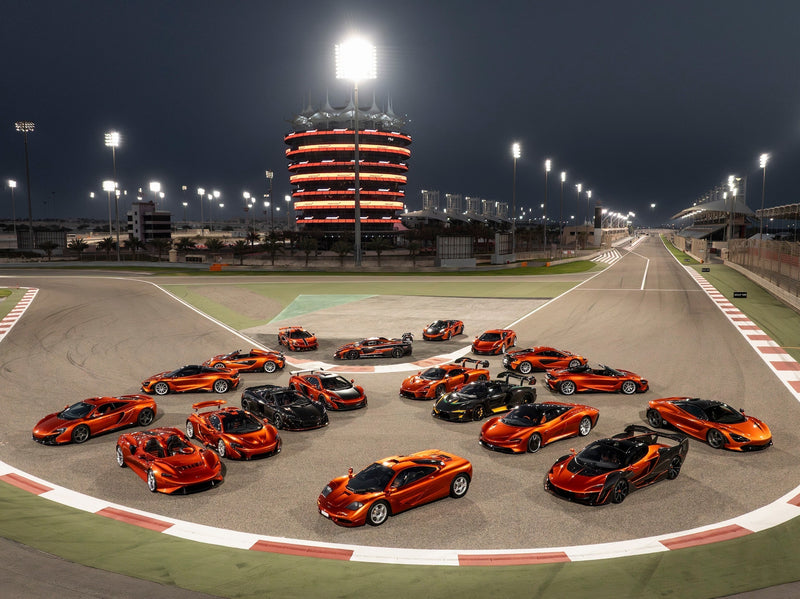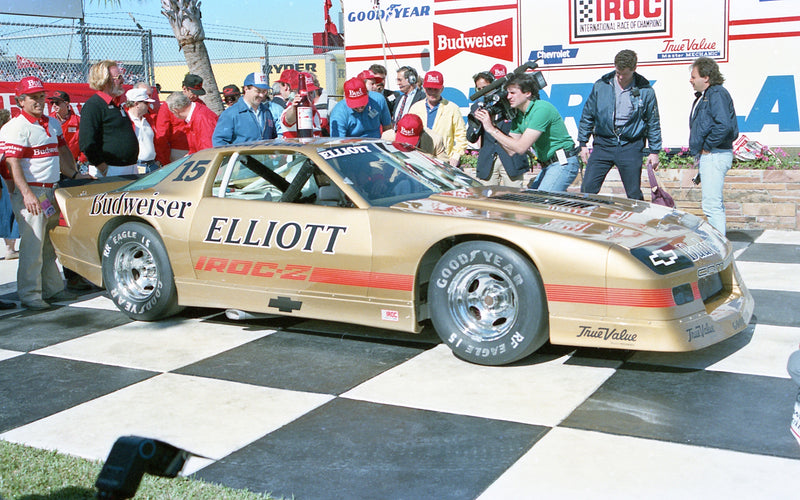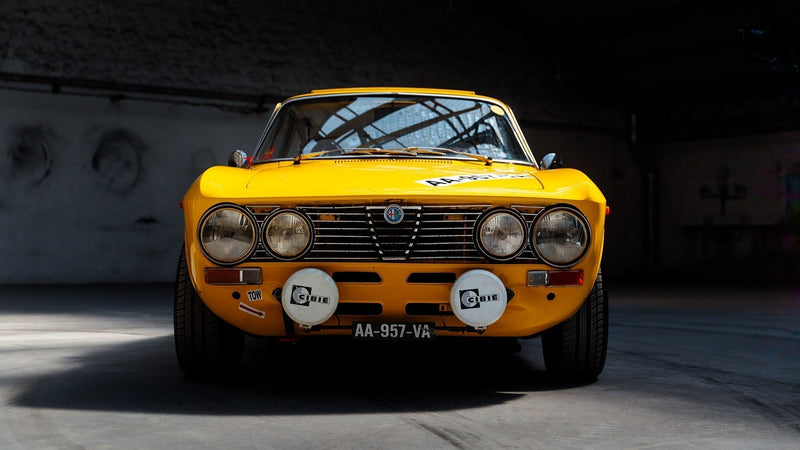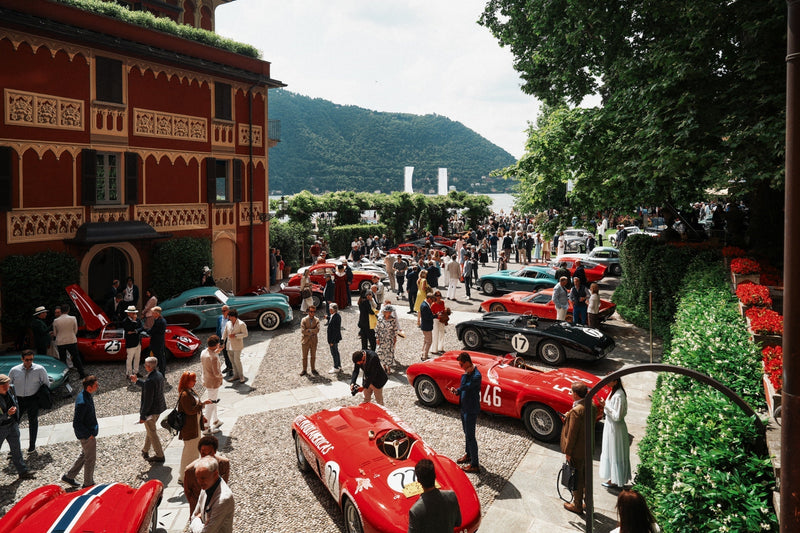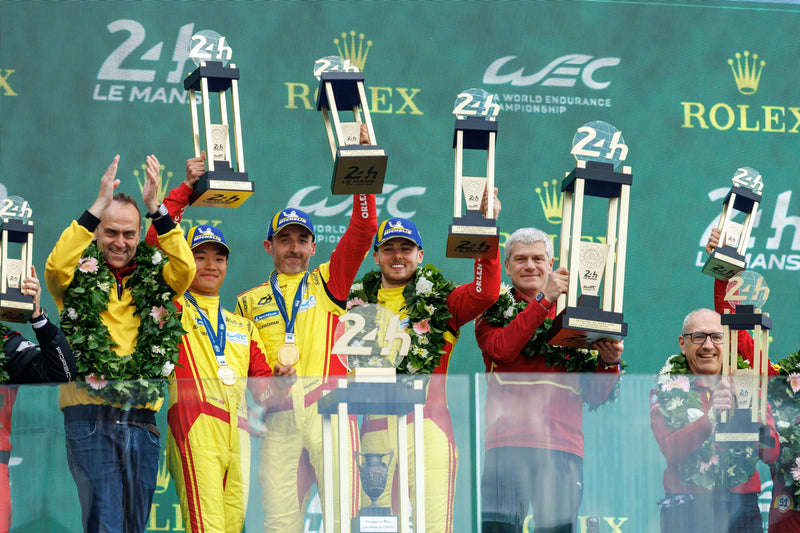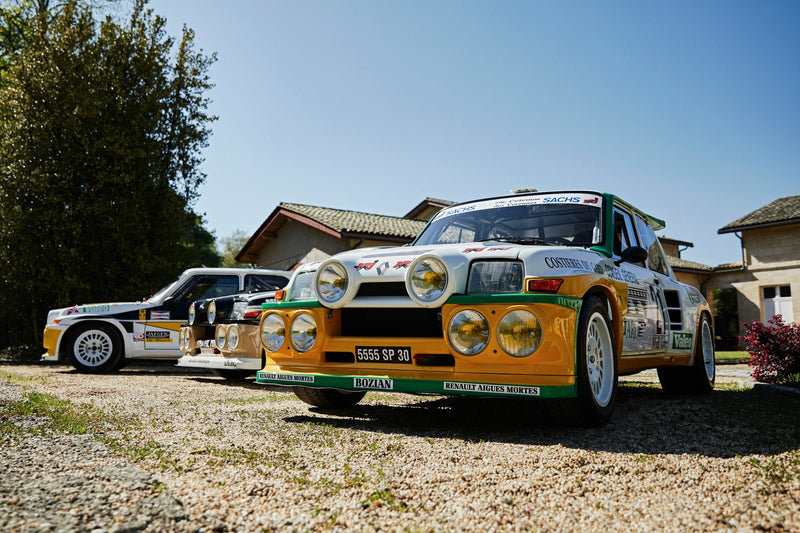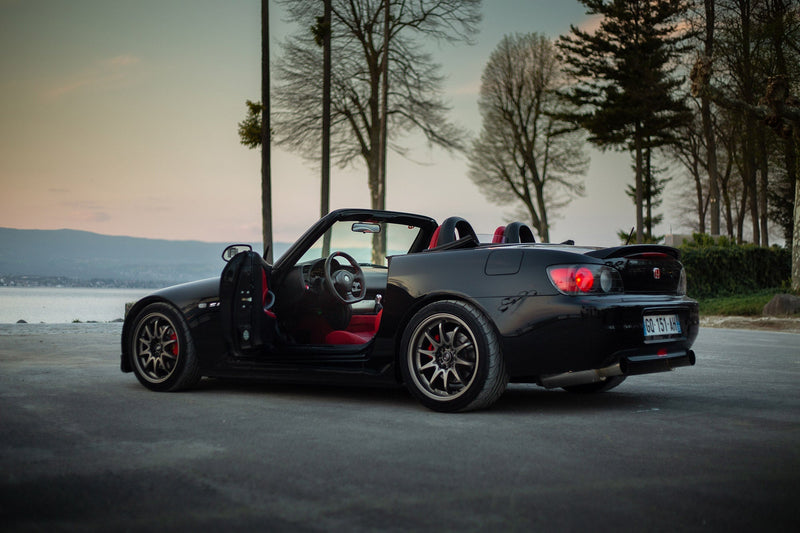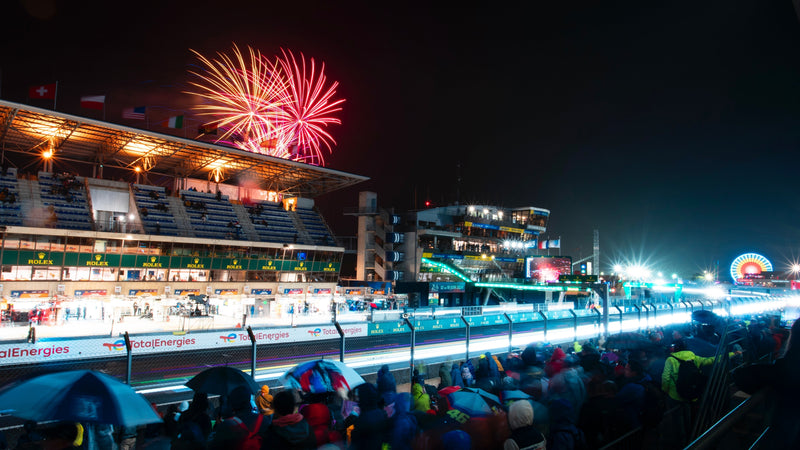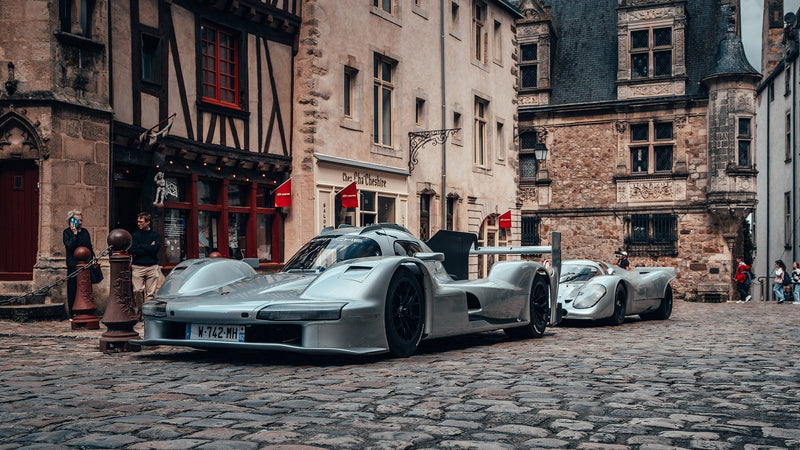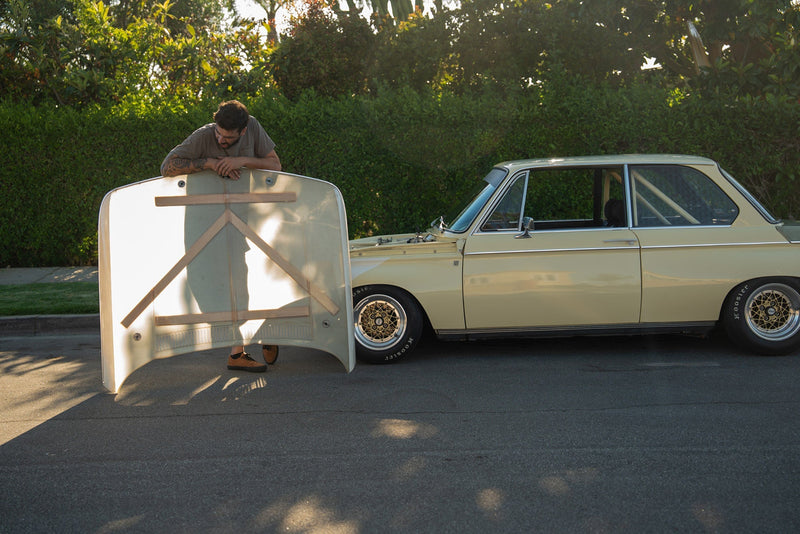


In this collection of books by Peter Higham, each decade of the sport is broken down into a car by car analysis, which as a whole offers a comprehensive view into F1's technical evolution over a period of time when it was progressing at its fastest clip. Beginning with the early rear-engined era when garagistas ran rampant and sometimes at the front of the pack in the 1960s, then moving to the bodacious bodywork of the 1970s, and finally into the paradigm-shifting turbo motors of the 1980s, these three volumes make a great addition to any F1 library. Detailed specs and other technical information accompany the stories of these remarkable automobiles.
Formula 1: Car By Car 1960-'69





The series launches with the 1960s, when the British came to predominate after the rule of Italian and German manufacturers in the previous decade. All ten World Champions of the decade came from the English-speaking world—Britain, the USA, Australia and New Zealand—and most of the successful cars were British-built too, from Cooper, BRM, Lotus, and Brabham. This was an era when small teams and privateers were involved in significant numbers and they are all covered, all the way to the most obscure and unsuccessful.
Formula 1: Car By Car 1970-'79





This installment covers the 1970s, when the sport gained big new sponsors and grew into a television spectacle, with battles between Ferrari and Cosworth-powered opposition a continuing theme. As well as the big championship-winning teams—Lotus, Ferrari, McLaren and Tyrrell—this was a period when small teams and privateers continued to compete alongside the behemoths. Over 600 photos accompany the text.
Formula 1: Car By Car 1980-89





The third book in the selection examines the 1980s, when the sport moved into its spectacularly powerful turbocharged era, first with Renault, Ferrari, and BMW-powered Brabham, then with sustained periods of success for McLaren with Porsche-made TAG engines and Williams with Honda power. After the last win for the evergreen Ford Cosworth DFV in 1983, turbos prevailed until regulation change for 1989 brought back normally aspirated engines, now of 3.5 liters.
Find these and browse more automotive books here, in the Petrolicious Shop


